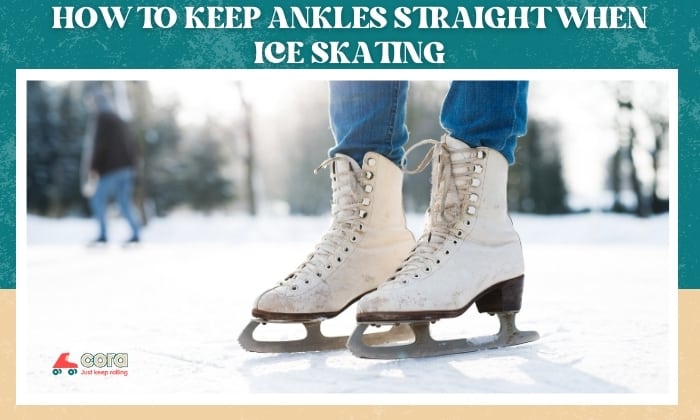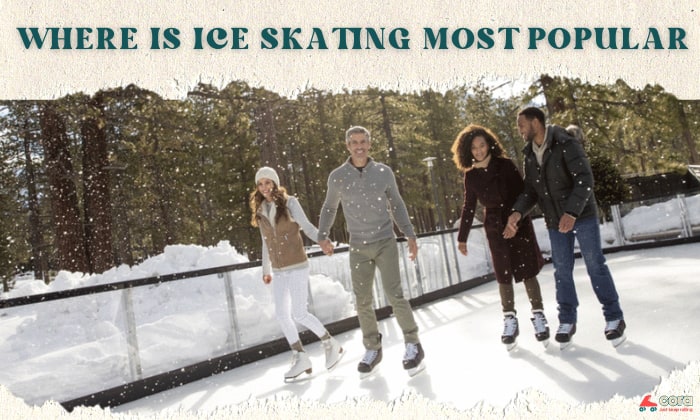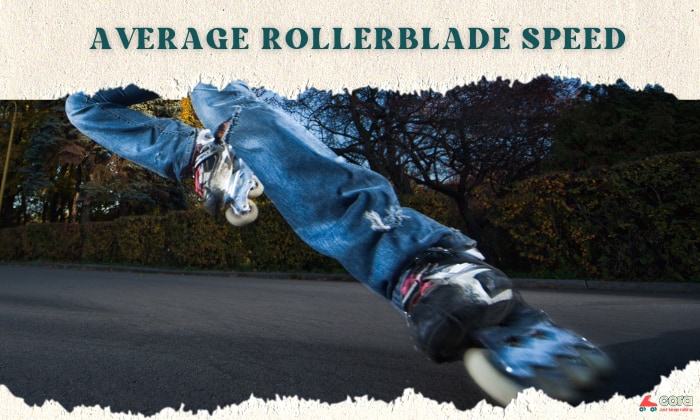Welcome to Cora!
Cora is a space for skaters, founded by skaters. Here, you can find guides, listicles, reviews, comparison posts, question and answer posts, and other skating resources to fully embrace the sport. No matter where you are in your skating journey, you can connect with Cora on the shared love for skating.
From the blog
Featured Posts

What Happened to Aggressive Inline Skating?
Roller skating is a progressive sport. But along with the changes and … Read more
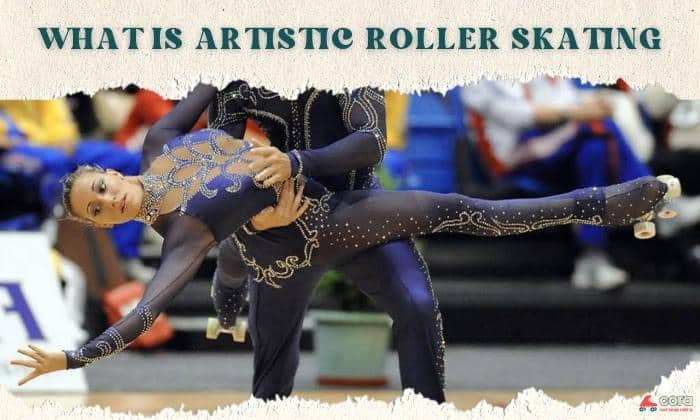
What is Artistic Roller Skating?
Over the years, sports have become creative. Various styles made it easier … Read more
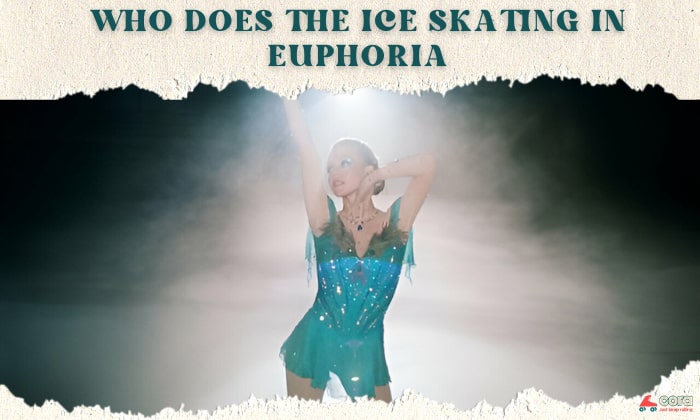
Who Does the Ice Skating in Euphoria?
Doing your hobbies and watching your favorite series could be two different … Read more
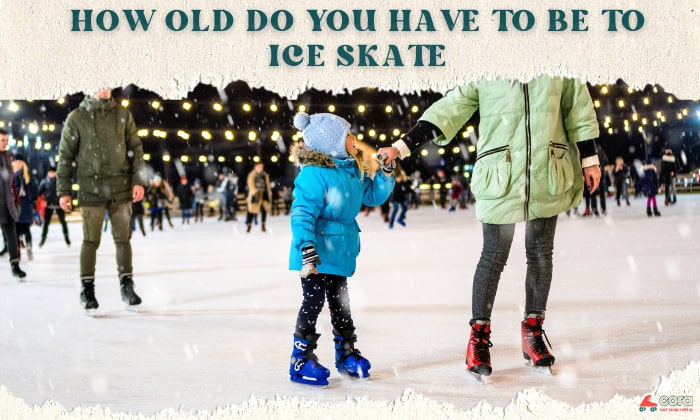
How Old Do You Have to Be to Ice Skate?
Like taking up a new language or learning how to play an … Read more
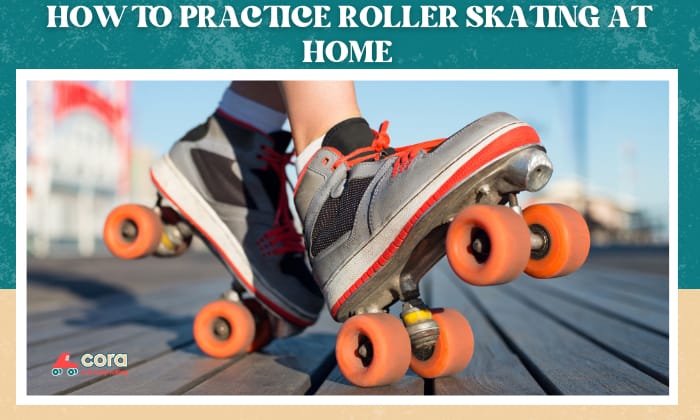
How to Practice Roller Skating at Home?
Roller skating is a fantastic way to stay active, have fun, and … Read more
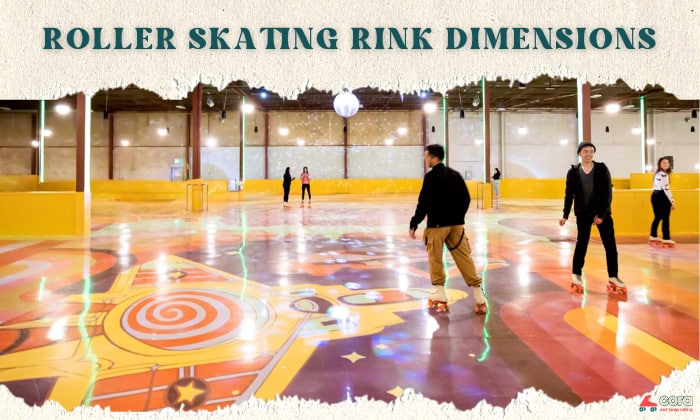
Roller Skating Rink Dimensions: Understanding Rink Sizes
When it comes to roller skating, the dimensions of the rink play … Read more
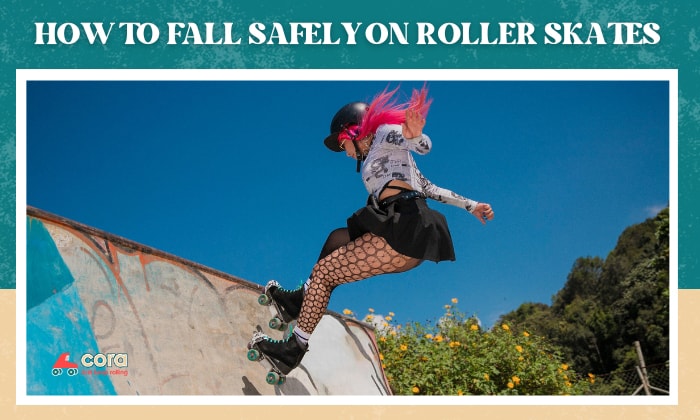
How to Fall Safely on Roller Skates? – Safe Falling Techniques
When roller skating, falling is inevitable whether you are a beginner or … Read more
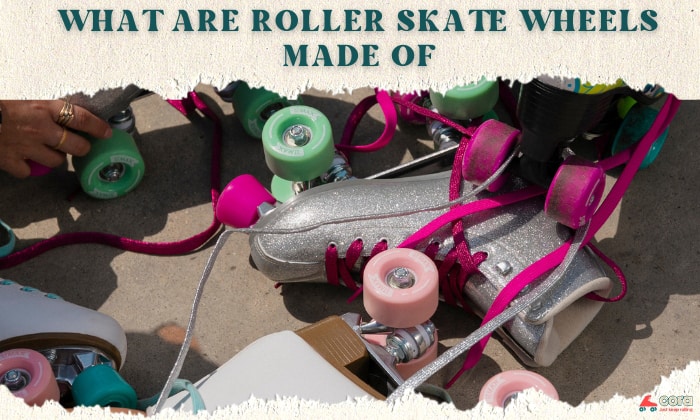
What Are Roller Skate Wheels Made of?
Roller skating is a popular recreational activity enjoyed by people of all … Read more
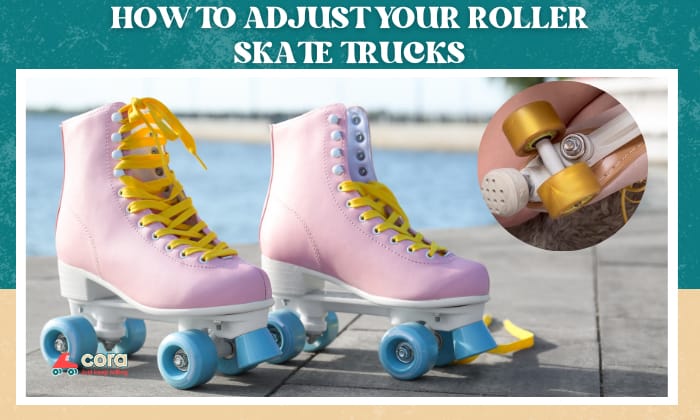
How to Adjust Your Roller Skate Trucks?
A well-made roller skate is as pleasing as a new bicycle, skateboard, … Read more

